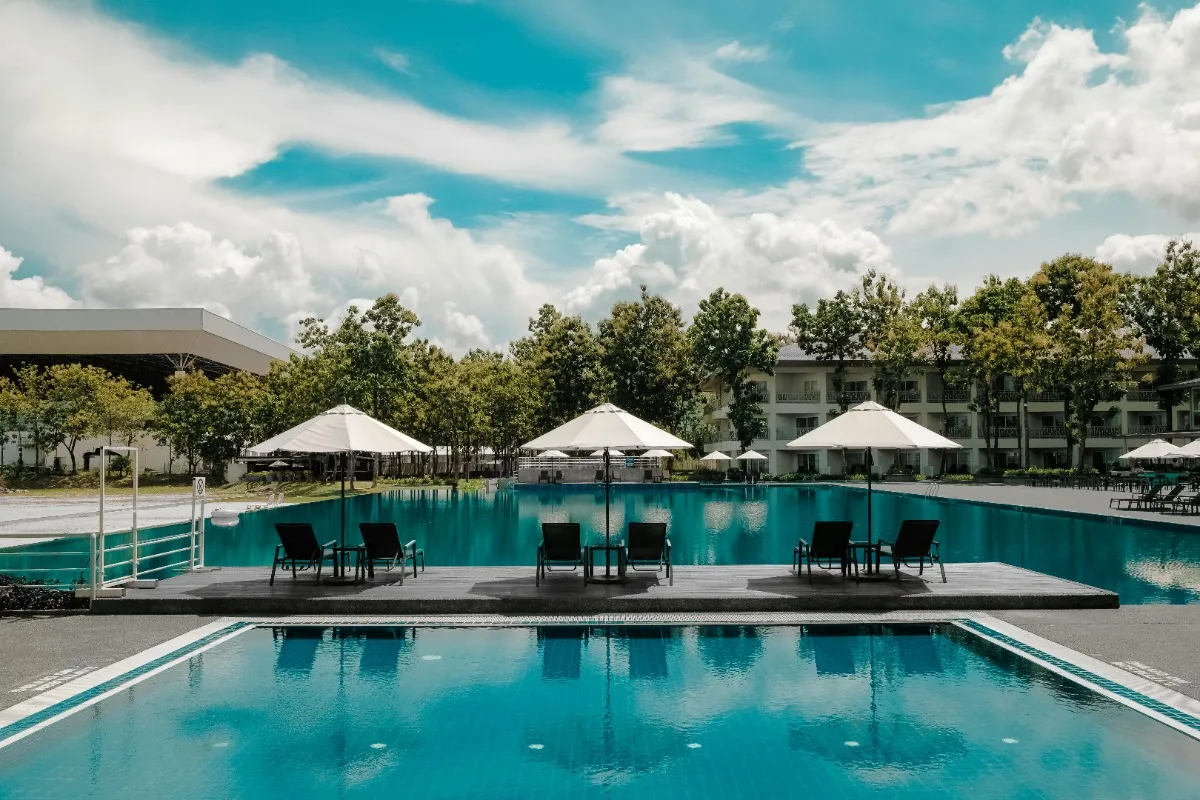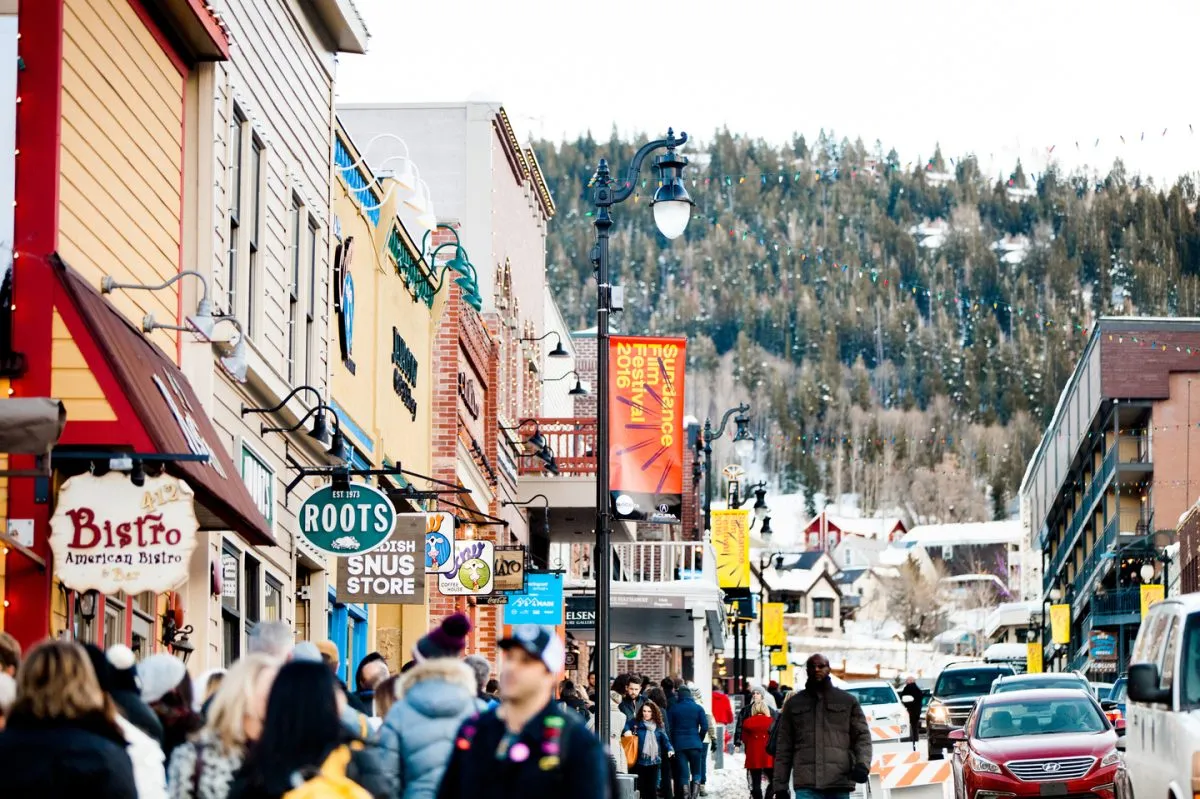Unconventional Event Venues – Six Ideas You’ll Want to Steal NOW!

Skift Take
Choosing a venue is one of the most delicate decisions that event professionals face. We recently covered and published a lot of research on the topic. The venue decision is one of the most important for your event.
Choosing a venue becomes even more complicated the moment you realize that an event space isn’t just a place for people to sit while someone talks on stage. It isn’t just locale to dine or share some drinks. The venue is a major part of the experience.
Unfortunately, predictable locations are big contributors to the overall “sameness” of events and can lead to declining attendance and results. Let’s face it, once attendees arrive at a venue, most meeting rooms and ballrooms are basically alike. But what would happen if you built in some surprises and did the unexpected? What would happen if you broke the mold and knew how to design fresh, unconventional events?
Get Six Fantastic Ideas Below 👇
##abovethefold##
Take Attendees Away
The first thing to do is break free of all those pre-conceived notions of event planning. Just imagine millions of years ago, when the first Jurassic Event Planner took a stick and scratched the caveman equivalent of an agenda on the wall of a cave.
That doesn’t mean you have to follow the same established, standardized ideas of an event. In fact, research shows that attendees want new experiences, information and people.
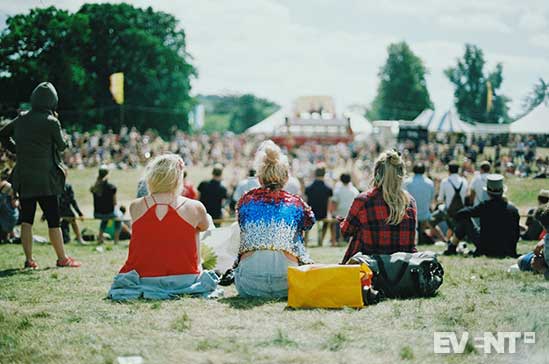
Changing Spaces
Attendees want something different – something they haven’t seen before. They want memorable meetings in unique spaces. Most of the time, this means venues that weren’t designed for events. Just an inside tip: If a venue has an event package, it isn’t unconventional.
Before you start looking at locations, stop and look at the audience experience. Is it a structured session with presenters and media? Is it an open, flowing network opportunity? Is it a social event with food and beverages? Is it a combination of everything?
Now, grab a blank pad, sweep the cobwebs out of your imagination and let’s rethink things as a series of unconventional experiences and venues.
Four Rules of Unconventional Events
To find the best place or space, just follow what I call the Four Rules of Unconventional Events.
#1 Find a location or environment that will be the most effective to meeting your objectives.
#2 Define the space so attendees understand where they are.
#3 Fill it with things, staging, people and experiences that relate to the location, the theme and the objectives.
#4 Give attendees things to see, hear, do and learn in unexpected ways.
A Series of Unconventional Events – Six Ideas You Can Steal
Here are some of my favorite ideas for unconventional events. Please feel free to steal – just remember where you got them. They all follow the Four Rules of Unconventional Events and will help fuel your imagination.
6. Parking Lots
There is always a parking lot near the biggest, most expensive venues. Park food trucks in a circle to define the area. Put a live band in the middle and you have a party. Add tents and you can handle even more people.
Here’s a twist on the parking lot. Contact local classic and antique car clubs. Arrange the cars in lines or at an angle and it’s a car show that gives a new twist to an informal social activity. Or, arrange them in rows, and it’s a drive-in theater. The audience sits in the cars for a structured session. A large, inflatable screen completes the picture. (Inflatable screens are fast to set up and look different.)
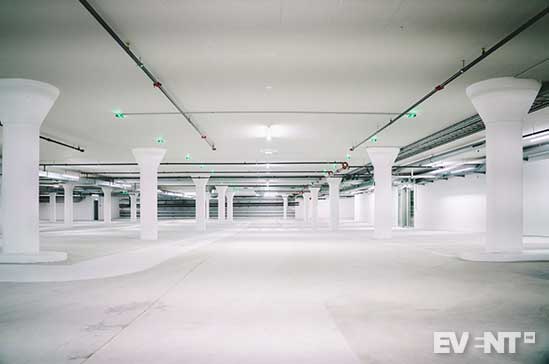
5. Parking Garages
The top level of most metro parking garages is open and often has the best view of the skyline. Take the same ideas you could use for a parking lot and do them on the top. An added bonus is attendees can park below, eliminating that problem.
4. Hot Nightclubs in the Daytime
Most of the hottest nightclubs sit empty during the day. All the lighting, sound and food facilities are there – plus loads of ambience. Hey, if people are going to be stuck sitting in stack chairs, at least give them an exciting locale. Transform your presenters into content DJs and deliver an “idea mix.” Add a real DJ and you can transform a simple luncheon into a spectacular event.
3. Airport Tarmacs & Hangars
If you want to launch a product, program or division, forget a ballroom – use an airport tarmac. Many small, suburban or commuter airports close at dusk. So you can stage the event right next to the runway. Define the environment with planes. Then use an inflatable screen for the media projections. Now you have the setting for a real launch. For some extra excitement, contact a local, radio-controlled airplane club and you can have your own miniature airshow. All you have to do is dress the key presenters in flight jackets and your event is going to take off! If weather is a concern, you can do the same event in a hangar.
2. Art Galleries Are Good – Art Schools Are Better
In galleries, the art is static – finished and on the wall. But art schools are dynamic – active – works in progress. In this venue, put your meeting’s key content points on canvasses and let the audience physically move from idea to idea. (Thanks to Photoshop, you can take anything you can put on PowerPoint and make it look like art.) Have local art students create instant masterpieces during the event, with the subjects tied to the theme. Suddenly, what would have been a conventional session is now an unconventional collection of attention-grabbing messages that will really get attendees buzzing.
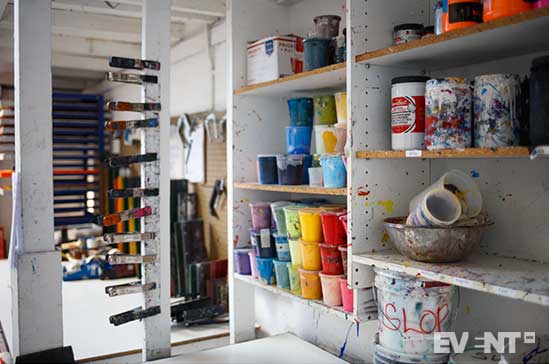
1. Urban Graffiti Party
This works wonderfully in vacant buildings, warehouses or converted spaces. Ask local graffiti artists to decorate some of the walls with the theme, company name, product, etc., to define the space and the character of the meeting. Then the attendees can try their own hands at urban art as they paint on the rest of the walls. Have your graffiti artists nearby to start each wall and then invite people to have fun finishing them. At the end of the event, photograph everything.
Budget, Budget, Budget
Of course, the moment you start contemplating nontraditional venues, the “big budget assumption” always kicks in. Clearly, budget is always a concern. But so is value. Here’s how to calculate your return on investment. Ask: What will the audience gain versus the production cost? You may find that planning an event in a unique space takes more time and effort, but might not cost any more than using a hotel or conference facility – and can deliver a much bigger bang for the buck. You never know until you price it out.

Your Takeaway
Your goal is to create a valuable, memorable experience. Once you know your audience and their preferences, search for the venues that suit them. Just follow the Four Rules of Unconventional Events.
I think there will always be a need and a demand for traditional event venues. There are practical and communication benefits to keeping everyone together. Still, your attendees could learn and remember more if you can break away even for just a part – one session or afternoon.
Suddenly, the context of the entire day changes. The attendees are viewing everything through new eyes. Paying more attention to what’s happening around them. Thinking. Talking. Getting involved … and taking your messages back home. In the end, you’ll likely find that you can generate better-than-traditional results from a series of truly unconventional events.
Further recommended reading:


